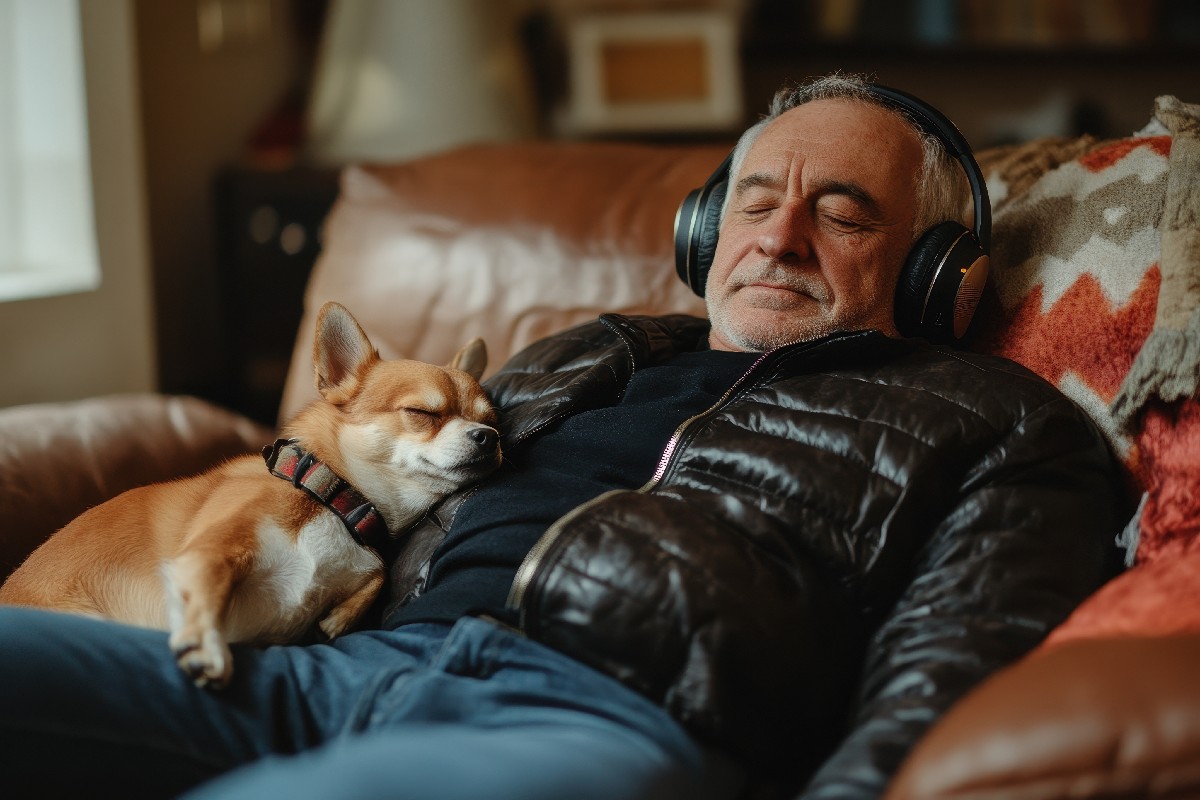
Are Naps Good for Us? If so, How Long Should a Nap Be?
“Don't think you will be doing less work because you sleep during the day. That's a foolish notion held by people who have no imagination"
- Quote attributed to Winston Churchill
Winston Churchill, Albert Einstein and Napoleon Bonaparte all championed the benefits of a daytime nap for improving their performance.
In recent decades, however, some research has suggested that the habit of taking naps is linked to poor health outcomes, including an early risk of mortality (e.g. Leng et al 2014). Napping has been defined as “sleep periods at least 50% shorter than an individual's average nocturnal sleep length.” (Ruggiero et al 2013).
So are naps good for us, and if so, how long should they be?
The benefits of a Power Nap
So, what are the benefits of a quick power nap? Let's find out together.
1. Cognitive performance benefits of napping
The term ‘Power Nap’ was coined by NASA in the nineties. They were investigating methods of improving alertness for astronauts on long shifts. They found that pilots who slept for an average of 26 minutes were significantly more alert, and performed at higher levels than pilots who didn’t nap (Rosekind et al 1995).
Since then, many researchers have investigated the productivity benefits of napping. A review in 2022 analysed the results of 54 studies which looked at the impact of afternoon naps (Leong et al 2022). The researchers concluded:
“Afternoon naps have a small to medium benefit over multiple cognitive tests.”
Napping offered significant benefits for memory, alertness and processing speed. The researchers went on to say that planned naps can benefit cognitive performance for all age groups.
In terms of how long a nap needs to be, the research findings are inconsistent. One study found memory improvements after just 6 min of sleep (Lahl et al 2008)! Most studies suggest that naps need to be 60 minutes or more to improve all aspects of memory. The review did not find a clear relationship between the length of the nap and the degree of performance improvement (Leong et al 2022).
One large study in children aged 10-12 years in China, found that napping for between 31 and 60 min 5–7 times a week was linked to higher verbal IQ and academic achievement, as well as higher wellbeing, and fewer emotional/behavioural problems (Liu et al 2019).
2. Athletic performance benefits
Napping in athletes has been linked to improvements in cognitive and physical performance, perceived energy, motivation and night-time sleep. Athletes are recommended to nap for between 20 to 90 min between 1 and 4pm (Lastella et al 2021), but to allow 30 minutes to reduce sleep inertia prior to training or competition (see below).
3. Benefits for shift workers
Shift workers, and night shift workers in particular, typically sleep for less time and have lower quality, fragmented sleep than day workers. This is because they often have to sleep at times counter to their internal clocks, or circadian rhythms. Night shift workers can accumulate a worsening sleep “debt” over multiple night shifts.
To reduce fatigue, and improve safety, naps have been investigated both before and during shifts. Overall, napping during a shift has been found to reduce sleepiness, improve alertness and job performance, reduce anxiety and stress, accelerate recovery and protect cardiovascular health (Patterson et al 2020). The biggest risk, assuming that napping is permitted, is sleep inertia (see below).
Are there any downsides to a nap?
Here, let's explore the potential negatives that are often associated with napping during the day.
1. Sleep inertia
We typically spend the first 20-30 minutes of a nap in lighter stages of sleep which can help to renew focus and concentration. After around 30 minutes, we enter deep or ‘slow wave’ sleep, which is much harder to wake someone from. Longer naps of 30 minutes or more are therefore thought to be more likely to be associated with ‘sleep inertia’ - a groggy feeling after waking that can impair decision making.
Sleep inertia typically lasts less than 20 minutes, but can last up to 90 minutes if you are very sleep deprived, or if you nap in the early hours of the morning when our brains are least alert. In the context of shift work, it has been recommended to keep naps to less than 30 minutes to reduce the risk of sleep inertia (Kovac et al 2023).
In one study, taking a caffeine gum (containing 100mg caffeine, equivalent to a cup of instant coffee) in the 5 minutes after waking successfully reduced symptoms of sleep inertia within 12 minutes after a 60‐minute nap (Newman et al 2013).
2. The risk of interfering with night time sleep

Our ability to fall asleep at night is thought to be due to the build up of ‘sleep pressure’ which builds up the more hours that we are awake, and the lack of an alerting signal from our body clocks at night.
If we take a long nap late in the day, it may be that we release the sleep pressure that we have built up, and could find it harder to sleep at night. For this reason, it is recommended to nap for up to 30 minutes in the early afternoon, when we have a natural lull in our energy levels. However, a recent research study suggests that in practice, day time naps do not typically interfere with the quality of sleep at night, even in older adults (Souabni et al 2022).
3. Potential health risks of napping?
Some studies in older adults have found that taking longer naps (>1 hour) is associated with worse long term health outcomes, such as an increased risk of type 2 diabetes (Yamada et al 2016). It is unclear whether naps contribute to the risk of ill health, or whether it is simply more likely that those who are already unwell are more likely to nap (Leger et al 2019). It could be that underlying health conditions, such depression or obesity, drive both the napping behaviour and poorer long term health. Further research is needed to clarify whether napping has negative health consequences.
What if I can’t nap?
Some people find it easier to nap than others, and this may be partly a genetic trait. Even if you don’t fall asleep, it can may still be restorative to get some deep rest before a night shift. You may find that completing a relaxation exercise can help you to ease into a nap.
One study gave volunteers a 90 minute nap opportunity. Before their nap, half of the volunteers practiced progressive muscle relaxation and half of the volunteers listened to classical music (Mozart). The relaxation exercise was followed by an extra 10 minutes in deep, slow wave sleep during the nap, compared with the music (Simon et al 2022).
Any tips for a successful nap?
- The best time for a nap? When you feel naturally sleepy, but not too close to bedtime. For most day workers, prime nap time is between 1 and 4pm. If you’re a shift worker, sleep when it is safe and permitted to do so, and you have 20-30 minutes to become fully alert before returning to full duty.
- The best environment for a nap? If you’re having a short nap (<30 minutes), I’d recommend not doing this in your bed. You ideally want your brain to associate your bed with long, deep sleep, so try and find a large comfy chair, sofa or day bed where you can curl up - ideally horizontally. Use an eye mask and ear plugs to block out unnecessary noise and light.
- Set an alarm. You will almost certainly sleep better if you’re not worried about over-sleeping! For most people, they will recover quickly from a 20-30 minute nap. Allow yourself 5-10 minutes to fall asleep.
- Don’t try too hard! Trying too hard to sleep will only get in the way - create the conditions for sleep, and if you’re tired, trust that sleep will come.

Dr Sophie Bostock - Dr Sophie Bostock
Sophie brings a wealth of expertise to the role having spent the last six years researching and championing the importance of sleep science in NHS and corporate settings. Sophie was responsible for improving access to the award-winning digital sleep improvement programme, Sleepio, as an NHS Innovation Accelerator Fellow. She has delivered hundreds of talks, including for TEDx and Talks@Google, and regularly features as a media sleep expert.